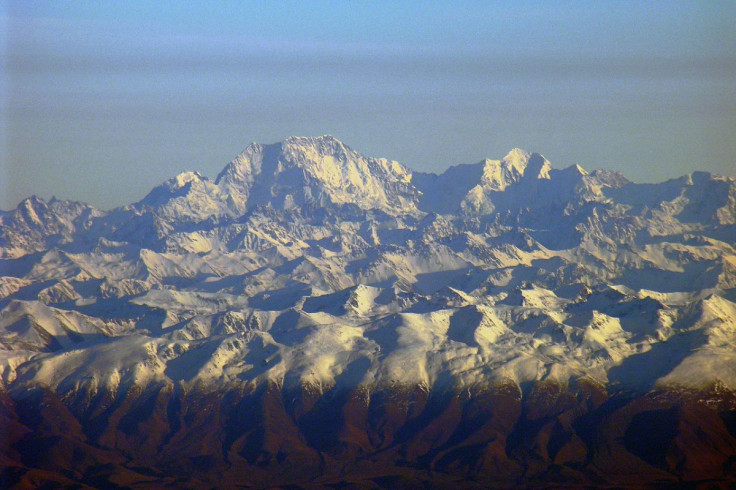Rainwater Discovered Beneath Earth's Fractured Crust 'Helps Trigger Earthquakes'

Rainwater has been discovered beneath the Earth's fractured crust – something scientists previously thought impossible.
The rainwater was found in the ductile crust, where temperatures reach over 300C and high pressure causes rocks to "flex and flow rather than fracture", scientists at the University of Southampton said.
Lead author Catriona Menzies and the team say their finding has huge implications for the understanding of earthquakes and the generation of mineral deposits.
Along with scientists from GNS Science in New Zealand, the University of Otago, and the Scottish Universities Environmental Research Centre, the team studied geothermal fluids and mineral veins from the Southern Alps in New Zealand.
In this area, colliding tectonic plates force deep layers of Earth closer to the surface.
"When fluids flow through the crust they leave behind deposits of minerals that contain a small amount of water trapped within them," Catriona said. "We have analysed these waters and minerals to identify where the fluids deep in the crust came from.
"Fluids may come from a variety of sources in the crust. In the Southern Alps fluids may flow upwards from deep in the crust, where they are released from hot rocks by metamorphic reactions, or rainwater may flow down from the surface, forced by the high mountains above."
Fluids inside Earth's crust weaken rock and help cause earthquakes along fault lines. They also help generate valuable metals like gold.
The researchers looked at the origin of the fluid, how hot they were and how much they reacted with rocks in the mountain belt.
Findings showed surface derived water reaching Earth's crust was heated to over 400C and significantly reacted with the crustal rocks, suggesting rainwater could be responsible for controlling processes like mineral production from deep within the Earth.
"We wanted to test the limits of where rainwater may flow in the crust. Although it has been suggested before, our data shows for the first time that rainwater does penetrate into rocks that are too deep and hot to fracture."
© Copyright IBTimes 2025. All rights reserved.






















